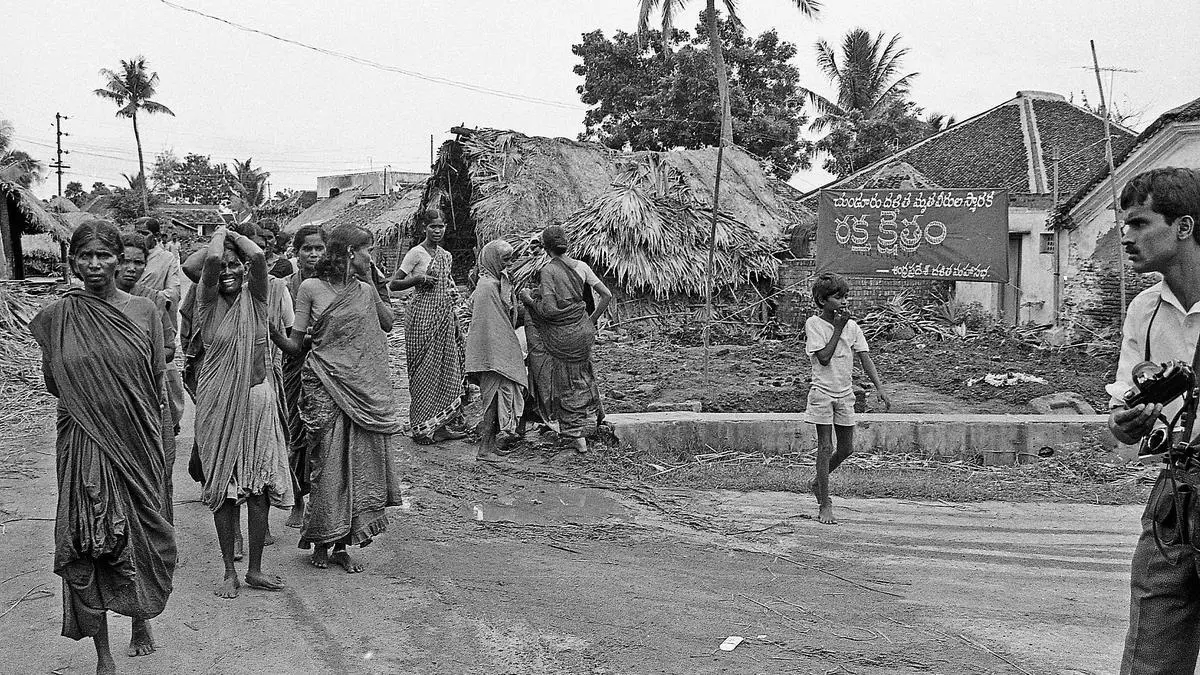
My Cart
 All Category
All Category

Why I Wrote Agnitandav of 1948
I grew up listening to fragments of memories of riots of 1948. But they were often spoken in hushed tones, as if wrapped in shame or fear. Writing this book became my way of giving voice to those silences, so that the next generation does not inherit only shadows or false narrative where history should have stood. Couple of years ago, my father and I discussed writing about these events. We started compiling such events from various places and families. Thus the first book (in Marathi) got published. Over the period, we got more information which I included in this English edition for broader audience.
Table of Contents:
A Personal Connection to History
Silence and Forgetting: The Danger of Lost Memory
Why These Stories Must Be Told Now
Writing with Responsibility, Not Blame
Conclusion: A Call to Remember
When I started writing Agnitandav of 1948, it wasn’t simply as an author exploring forgotten events. It was personal. My grandfather, Ganesh (affectionately known as Ganu Kaka), and other members of my family lived through the violence that erupted after Mahatma Gandhi’s assassination. Their lives, farms, and jaggery businesses in Phaltan were not just statistics of loss — they were human stories of resilience and survival. The story mentions by grandfather and two eldest uncles in detail and the way they handled the situation. My father was just about ten years old when this happened.

The violence of 1948 — the caste riots that swept across Maharashtra, parts of Karnataka, Vidarbha, and beyond — has almost disappeared from our public memory. Unlike Partition, unlike major political upheavals, these incidents rarely appear in textbooks or public discussions.
Why does this matter? Because silence creates distortion. When we don’t speak of the past, we risk two things:
Forgetting the victims — families who lost homes, livelihoods, and loved ones.
Allowing false narratives to thrive — where politics, prejudice, and propaganda can rewrite history for their own ends. This is the real danger for the future generations.
History is not just about kings, treaties, or wars. It is about everyday people, like teachers, priests, widows, farmers, and workers who suddenly found themselves at the mercy of mob violence. Agnitandav of 1948 exists so their truth is not erased.
Seventy-five years may sound like a long time, but in the life of a country, it is only a heartbeat. The generation that witnessed the riots is fading. Unless their stories are recorded today, they risk being lost forever.
There’s another reason: caste tensions and identity politics still active in India. They may wear new clothes, but the roots remain the same. By revisiting 1948, we can ask ourselves hard but necessary questions:
How did political ambitions weaponize caste divisions?
Why were Brahmins — many of them teachers, priests, and professionals — singled out as targets?
What acts of courage and compassion allowed some families to survive, despite the violence?
Telling these stories is not about reopening wounds. It is about understanding the past so that we may heal and prevent history from repeating itself.
When my father and I sat down to write, we knew the task carried responsibility. This is not a book written to point fingers or to pit one community against another. It is also not a book of dry historical data.
Instead, we chose to write as a storyteller. Through documented accounts, family memories, and testimonies collected over years, we reconstructed what happened in villages like Phaltan, Satara, Sangli, Kolhapur, and Nagpur.
The guiding principle was compassion. Even amid violence, there were countless instances of neighbours — Town’s Patil (mostly a Maratha), Dalit families, Muslim villagers — who risked their own safety to shelter Brahmins under attack. Their humanity shines as brightly as the cruelty of the mobs.
That is why Agnitandav of 1948 is more than a chronicle of loss. It is also a chronicle of courage and kindness.
Every reader may come away with something different. Some may be shocked at how the societies turned into monsters so easily. Some would be surprised how little of this history is known. Others may feel anger at the injustice. Still some may feel inspired by the compassion shown by ordinary villagers who stood against organized hate.
Personally, I hope readers walk away with three reflections:
Memory matters. When elders remain silent, younger generations inherit gaps, not guidance. It is our duty to pass on lived truth.
Hatred is never inevitable. Just as violence spreads through narrative filled propaganda, compassion spreads through individual actions.
History is a mirror. The events of 1948 remind us to question today’s caste politics, to resist divisive narratives, and to strengthen bonds of humanity.
We wrote Agnitandav of 1948 because silence had gone on long enough. The stories of teachers, farmers, priests, women, and children who endured the 1948 caste riots deserve to be told.
Memory is not just about looking back. It is also about looking ahead. If we tell these stories honestly, we arm the next generation with the wisdom to choose compassion over hatred, unity over division.
The question I leave with you is this: What stories of resilience and compassion will you pass on to the generations after you?

CTA: Read Agnitandav of 1948 and uncover the forgotten stories that still shape India today. Available now on GarudaLife and Amazon.
Comments (0)